Ancient structures with mysterious origins are scattered across the globe, remnants of societies long forgotten. These sites hint at complex cultures, advanced skills, and knowledge that challenges modern understanding. Many remain unexplained, leaving researchers and explorers with questions about their true purpose and the people who built them. These mysterious constructions continue to intrigue, defying easy explanations and inspiring new quests for answers.
Gobekli Tepe, Turkey
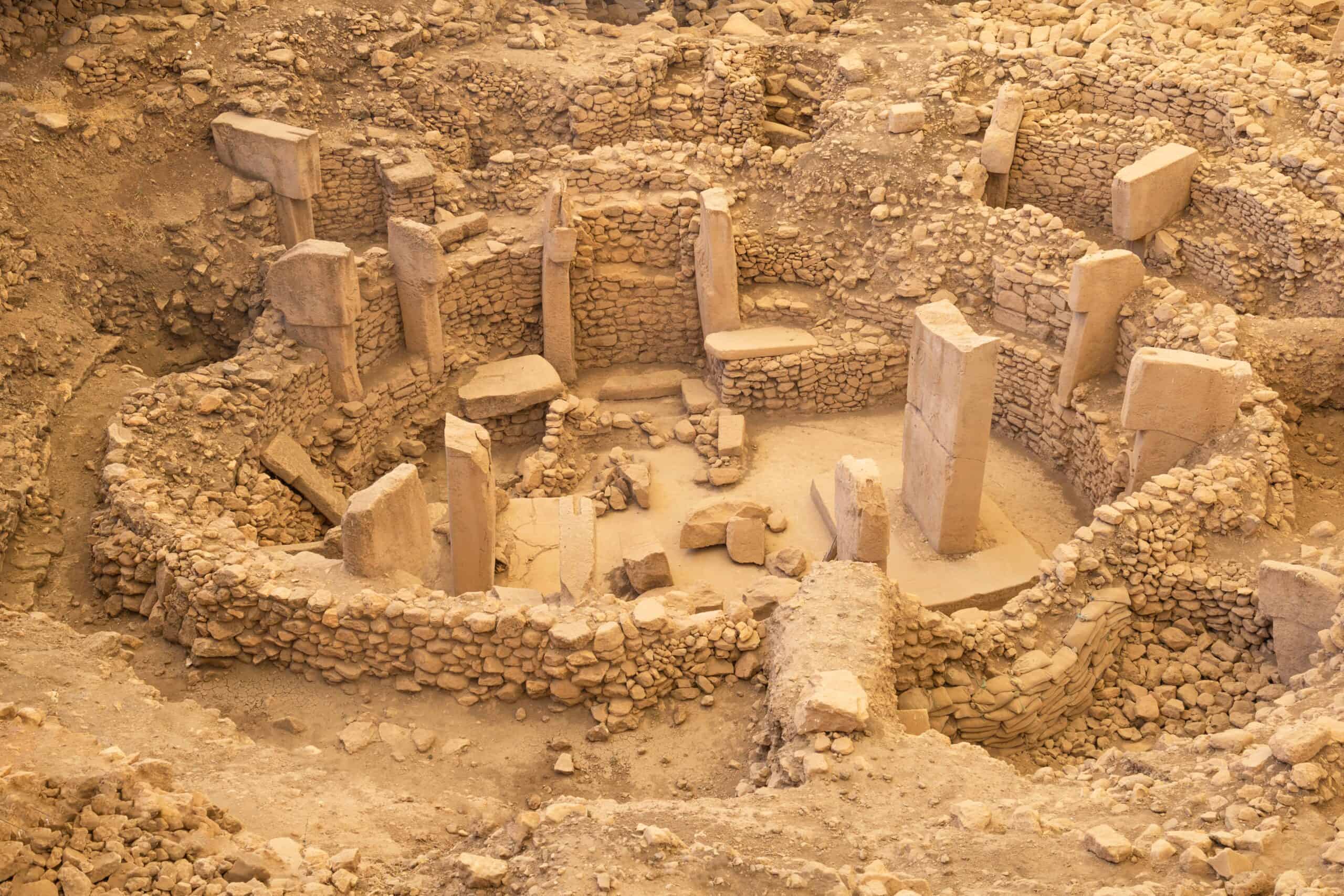
Gobekli Tepe, discovered in southeastern Turkey, is one of the oldest known monumental complexes, dating back over 11,000 years. Massive stone pillars, intricately carved with animals and symbols, form circular enclosures that suggest it may have been a center for ritual or worship. Unlike most ancient settlements, no evidence of permanent residence exists, hinting that it served a unique purpose. Some theories propose it was a meeting ground for different groups or a ceremonial site. The scale of the construction, built before the development of agriculture or cities, challenges ideas about prehistoric societies. Its carvings reveal a glimpse into the beliefs and artistry of early human culture, but why it was buried intentionally remains a puzzle. Gobekli Tepe raises questions about our ancestors’ capabilities and motivations that continue to inspire research and debate.
Yonaguni Monument, Japan
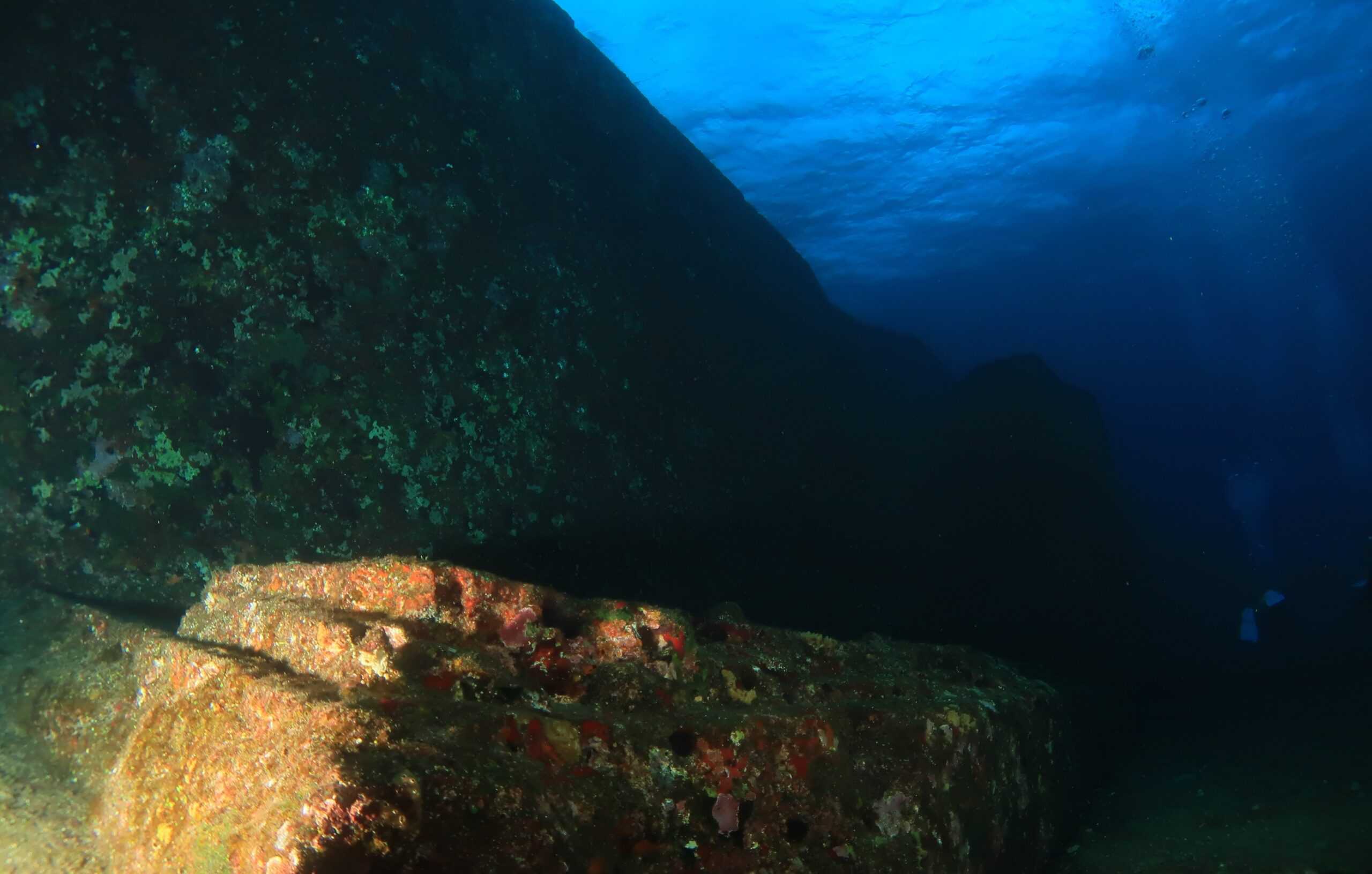
The Yonaguni Monument, located off the coast of Japan’s Ryukyu Islands, is an underwater stone structure that has mystified researchers since its discovery. Massive slabs with straight edges and right angles give it a distinct, geometric appearance, which some argue resembles a man-made pyramid or temple. Skeptics suggest it could be a natural rock formation, but the precision of the angles and the terrace-like arrangement challenge this notion. Surrounding carvings and patterns have fueled theories that Yonaguni was once above water and belonged to a forgotten civilization. Some researchers link it to Japan’s ancient Jomon culture, though there is no conclusive proof. The true origin and purpose of Yonaguni Monument remain a captivating mystery for divers and historians alike.
Derinkuyu Underground City, Turkey
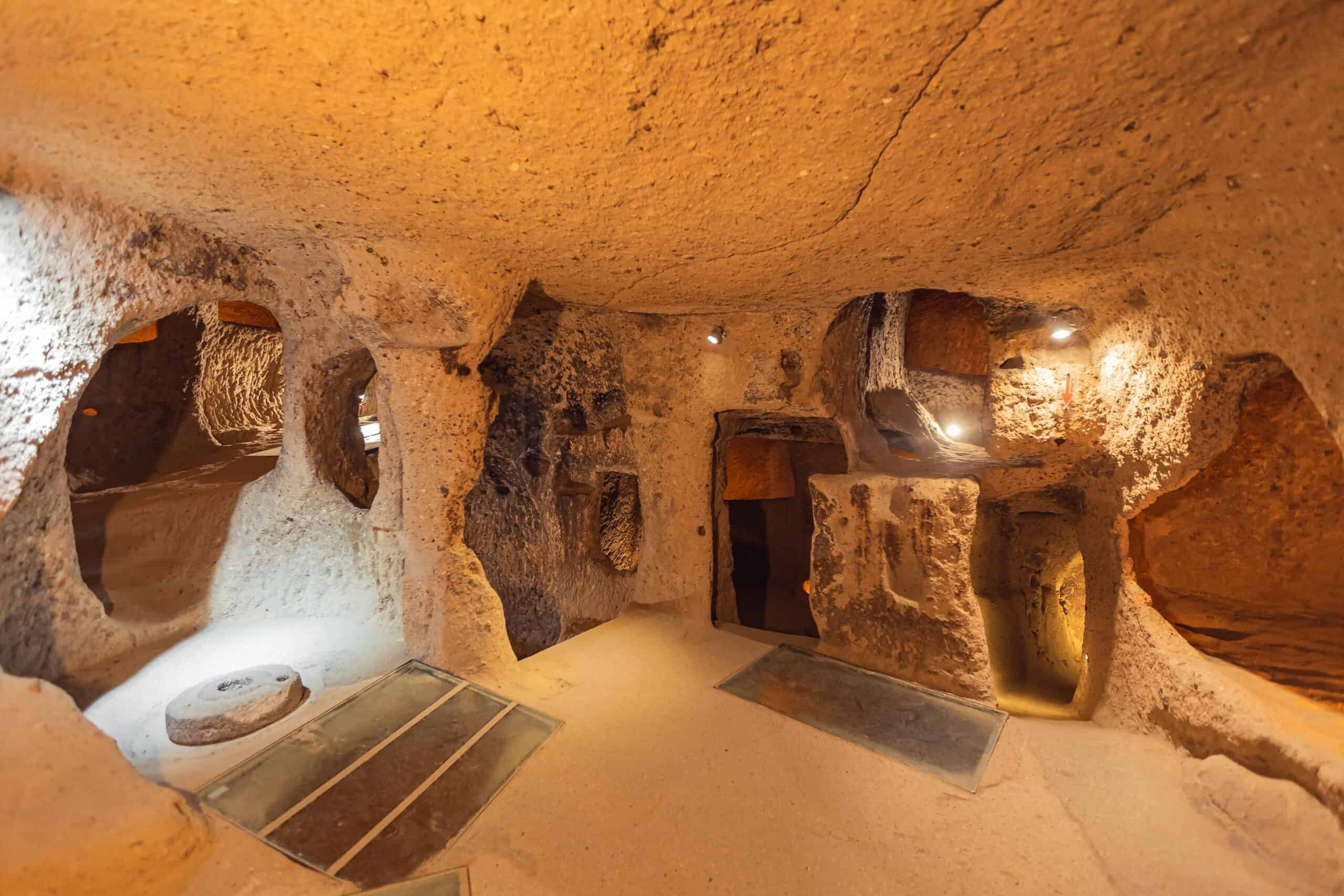
Hidden beneath central Turkey’s plains, Derinkuyu is a vast underground city capable of housing up to 20,000 people. Carved into soft volcanic rock, it features multi-level rooms, churches, and ventilation shafts, providing an escape from invaders and harsh climates. Some rooms appear to have been used for worship, while others contain traces of kitchens, wells, and storage areas. The complexity of the ventilation system allowed people to live underground for extended periods, leading researchers to speculate about its purpose. While it’s uncertain who constructed Derinkuyu, theories range from Hittites to early Christians seeking refuge. Its discovery showcases remarkable engineering for an ancient, pre-industrial society, raising questions about its builders’ knowledge and motivations.
Nan Madol, Micronesia
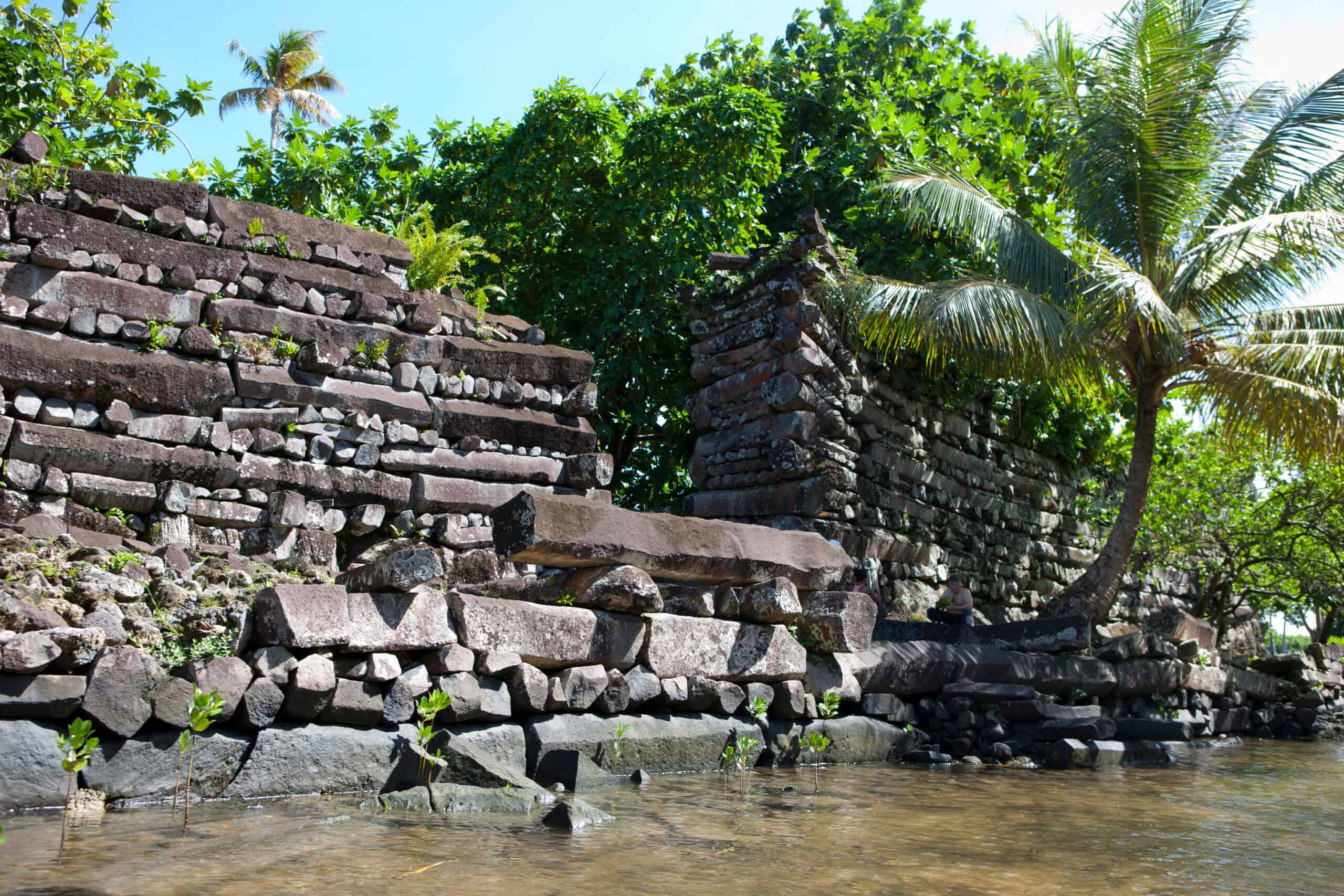
Nan Madol, a complex of over 90 artificial islets in Micronesia, is sometimes called the “Venice of the Pacific.” Built atop a coral reef using massive basalt stones, the islets are connected by canals, creating a city-like arrangement that still baffles researchers. The builders transported stones weighing several tons without modern technology, a feat many find difficult to explain. Historians believe Nan Madol served as a political and ceremonial center for the Saudeleur Dynasty, but its exact purpose remains unclear. Theories suggest it may have been a spiritual or cultural hub, given its isolation and unique layout. Despite its impressive scale, Nan Madol was abandoned mysteriously, leaving its origins and history shrouded in mystery.
Great Zimbabwe Ruins, Zimbabwe
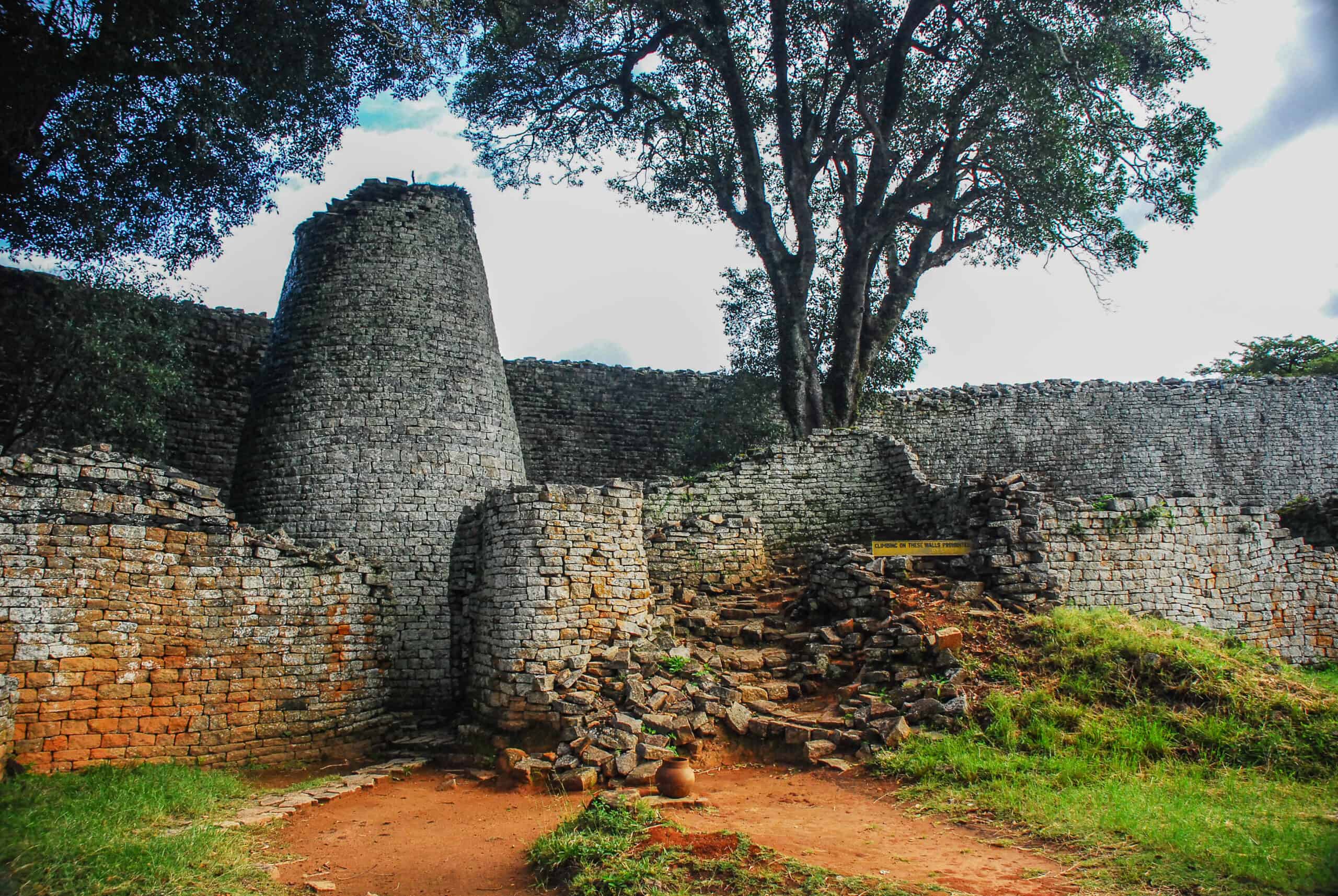
The Great Zimbabwe Ruins stand as a testament to Africa’s forgotten architectural prowess, with impressive stone walls built without mortar. Located in southeastern Zimbabwe, the ruins feature massive enclosures and a conical tower that served as the heart of the Kingdom of Zimbabwe around the 11th century. The site’s layout suggests it may have been a royal residence or a religious center, reflecting the power and sophistication of its builders. Some archaeologists propose that Great Zimbabwe was a hub for trade, connecting Africa’s interior with coastal settlements. The purpose and reason for its abandonment remain speculative, but it’s clear the builders possessed advanced stone masonry skills. This structure challenges misconceptions about ancient African societies and their architectural achievements.
Mohenjo-Daro, Pakistan

Mohenjo-Daro, part of the Indus Valley Civilization, is one of the earliest urban centers, featuring organized streets, drainage systems, and multistory houses. Located in modern-day Pakistan, the city reveals an advanced level of urban planning that few societies achieved at the time. Its layout included a central citadel, large public baths, and complex sewage systems, indicating a focus on hygiene and public welfare. Despite its sophistication, no evidence of palaces or temples suggests a society different from its contemporaries. The people who built Mohenjo-Daro left behind a script that remains undeciphered, adding to the mystery. The sudden decline and abandonment of this once-thriving city continue to puzzle archaeologists and historians.
The Hypogeum of Ħal-Saflieni, Malta
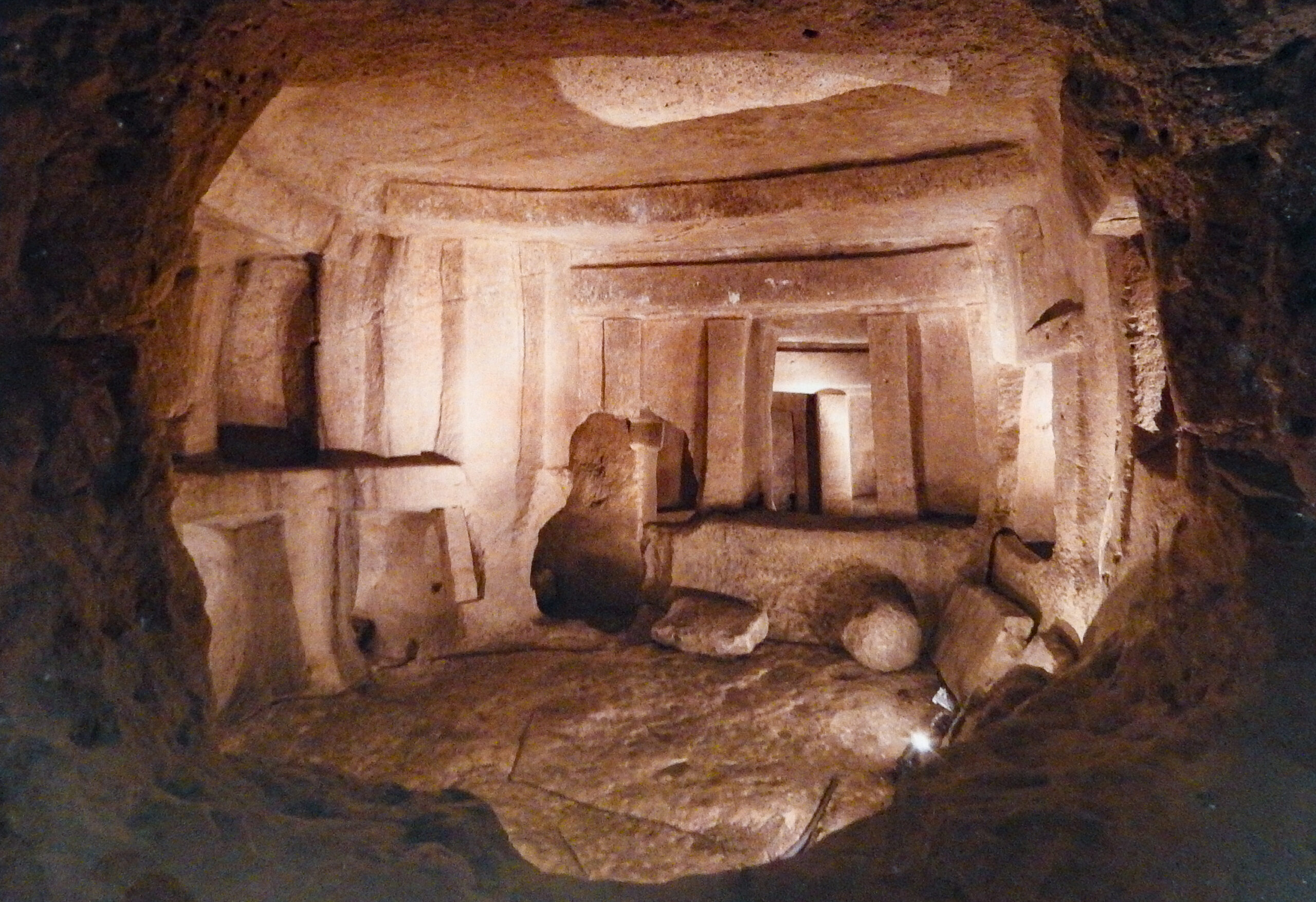
The Hypogeum of Ħal-Saflieni is an underground temple and burial complex on the Maltese islands, dating back over 5,000 years. Carved into limestone, this multi-level structure includes chambers, altars, and intricately decorated walls. Its acoustics are unique, with sounds reverberating in a way that suggests it may have been used for ritual chanting. Excavations revealed thousands of human remains, hinting at its use as a burial site. Researchers believe the Hypogeum was a sacred place, though its exact religious or ceremonial purpose remains unclear. The craftsmanship and planning required to create this underground marvel have led to speculation about the advanced knowledge of its builders, who remain unknown.
La Ciudad Perdida, Colombia
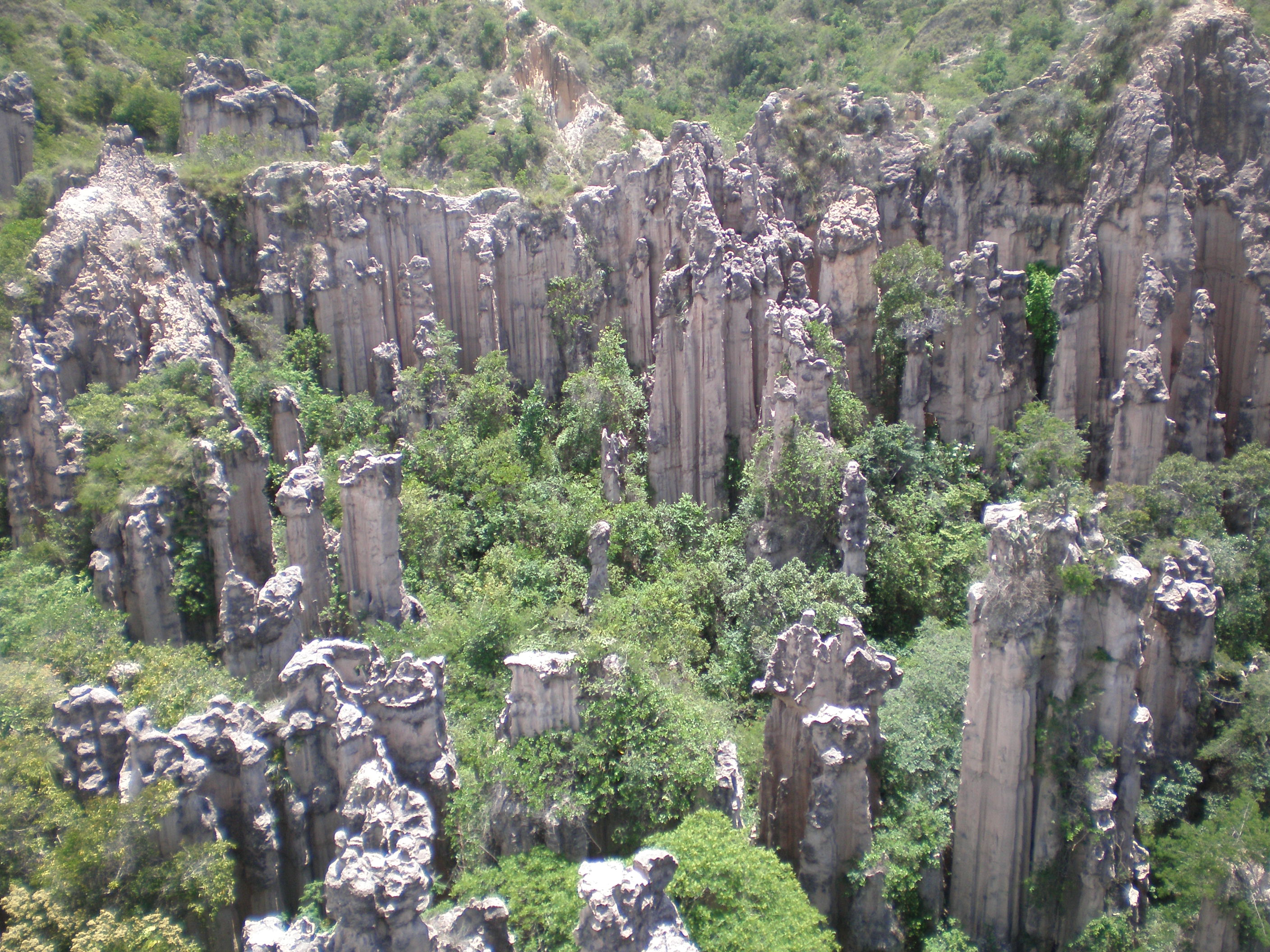
La Ciudad Perdida, or “The Lost City,” is a hidden ancient city in Colombia’s Sierra Nevada mountains, believed to predate Machu Picchu by several centuries. The city consists of a series of terraces connected by stone pathways, with platforms likely used for housing and ceremonial purposes. Historians suggest it was built by the Tairona people, a civilization with advanced skills in construction and social organization. The city was abandoned, possibly due to conflicts or disease, and was eventually reclaimed by the jungle until its rediscovery in the 1970s. Although researchers have uncovered some of its history, much about La Ciudad Perdida and the Tairona people remains enigmatic. The isolated, mountainous location and intricate stonework continue to inspire awe and curiosity.
Bimini Road, Bahamas

Bimini Road lies submerged off the coast of Bimini in the Bahamas, made up of large limestone blocks arranged in a straight path. Many researchers believe it could be a natural formation, but its precise layout fuels speculation of human design. The arrangement of the stones resembles a road or wall, sparking theories of a lost civilization, possibly linked to the legendary city of Atlantis. Each stone block measures up to several meters, aligning closely in a way that suggests advanced construction methods. Divers and archaeologists continue to study its origins, hoping to discover if this “road” was a purposeful construction. The mystery deepens with reports of additional, smaller structures nearby. For now, Bimini Road remains a captivating puzzle on the ocean floor.
Ggantija Temples, Malta
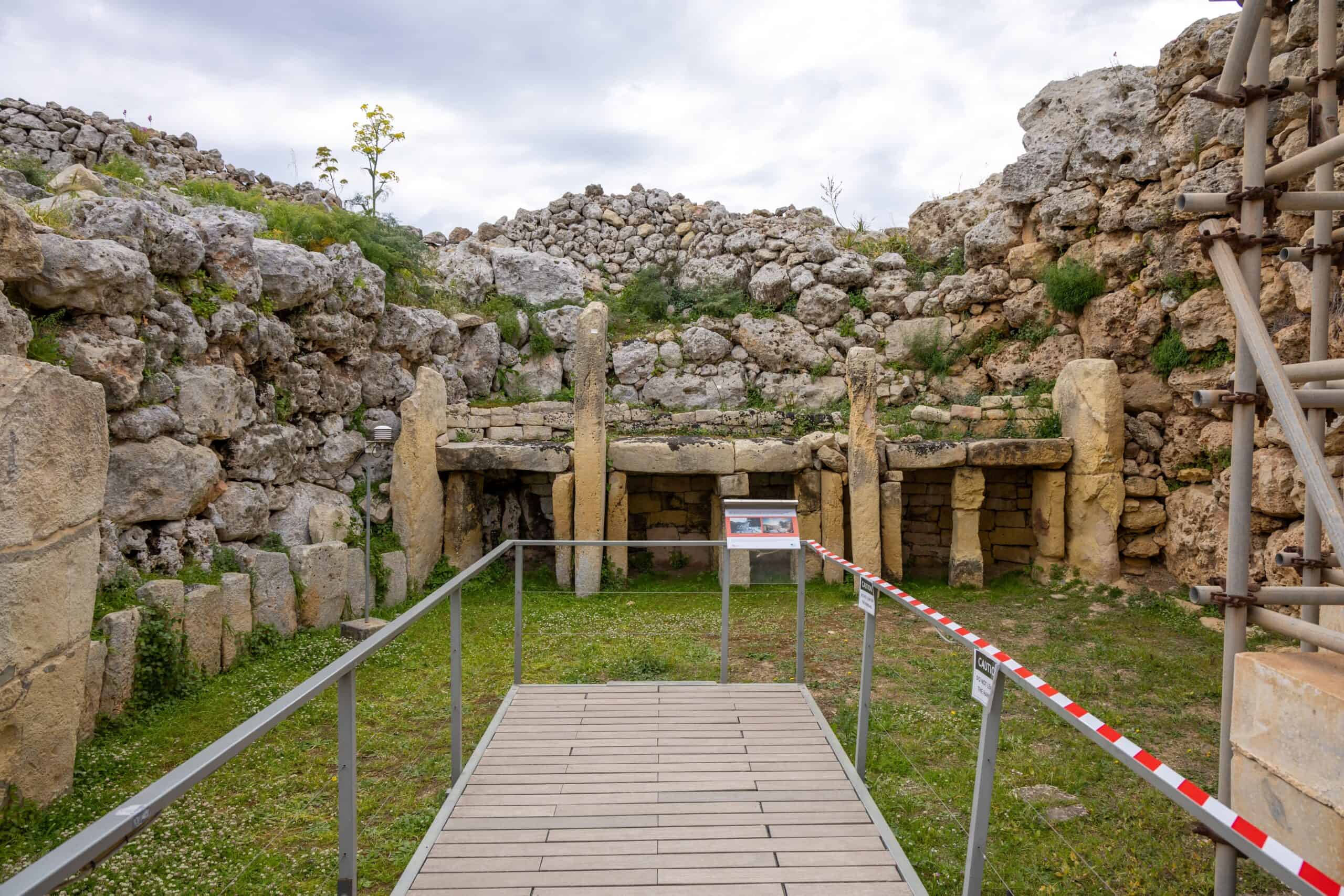
The Ggantija Temples on Malta’s island of Gozo are among the oldest freestanding structures in the world, dating back over 5,000 years. The massive stone blocks, some weighing several tons, form a series of interconnected chambers thought to have been used for worship. The builders arranged these blocks without mortar, showcasing an advanced understanding of balance and architecture. Archaeologists believe the temples were dedicated to a fertility goddess, as figurines and altars have been found within. Despite the limited technology available, the construction exhibits precise planning and labor-intensive methods. The purpose and techniques behind the Ggantija Temples remain subjects of fascination. The name “Ggantija” translates to “Giant’s Tower,” hinting at local legends attributing its construction to giants.
Stone Spheres of Costa Rica
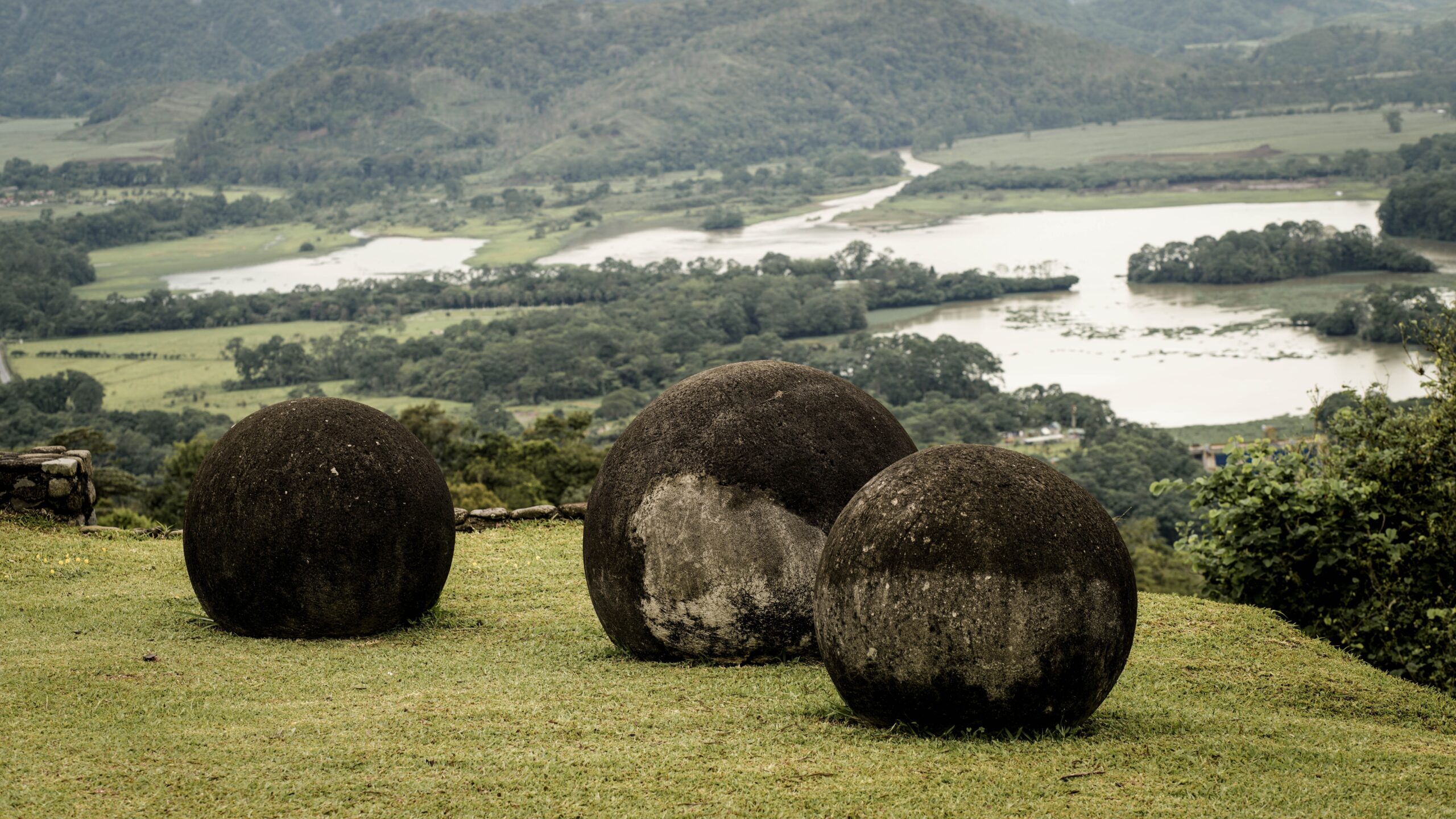
Scattered across the Diquís Delta in Costa Rica, the Stone Spheres are nearly perfect orbs, some reaching over two meters in diameter and weighing up to 15 tons. Crafted from gabbro, these spheres were likely carved by ancient indigenous societies, though their exact purpose remains unknown. Some researchers speculate they served as status symbols or navigational markers, yet no conclusive evidence exists. Their smooth surfaces and round shape indicate advanced stone-carving techniques, possibly involving repeated chipping and sanding. The spheres were buried or grouped strategically, suggesting they held cultural or spiritual significance. Despite extensive study, why and how these stones were created continues to intrigue archaeologists. Their craftsmanship points to a sophisticated but largely forgotten society.
Sacsayhuaman, Peru
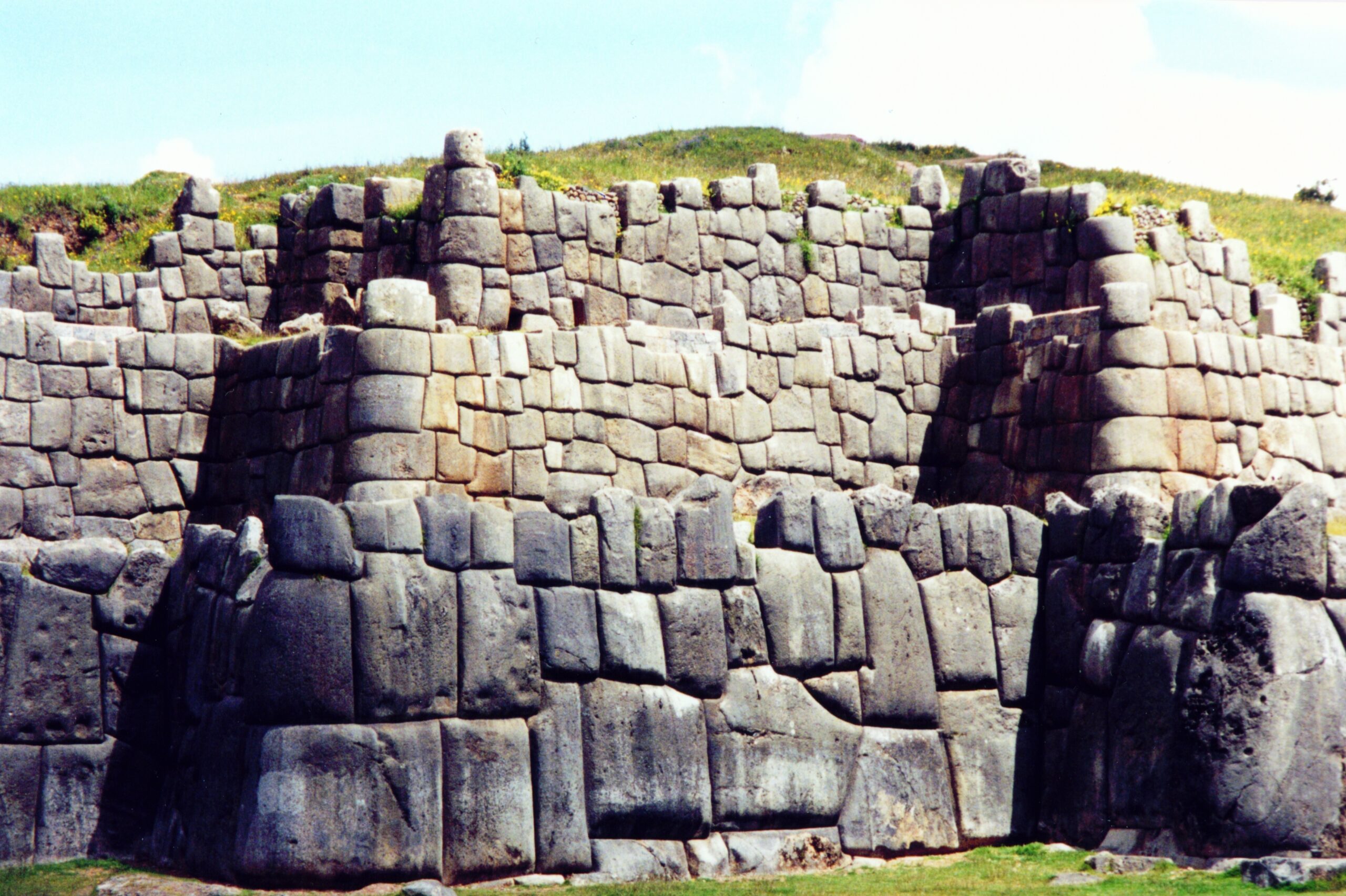
Sacsayhuaman, located near Cusco, Peru, is a massive stone fortress built by the Incas with immense precision. The site’s walls are constructed from huge limestone blocks, some weighing over 100 tons, fitted so tightly that not even a blade can slip between them. Each block was cut with incredible skill, despite the absence of mortar or modern tools. Researchers speculate it served as a ceremonial or military site, possibly providing protection for the Incan capital. Some parts of the complex include circular structures and towering walls, showcasing an advanced understanding of architecture and astronomy. Though the purpose of Sacsayhuaman remains a mystery, it stands as a testament to Incan ingenuity and engineering prowess. Its construction continues to puzzle experts, as transporting and fitting stones of this size without modern technology seems almost impossible.
Stone Circles of Senegambia, Senegal and Gambia
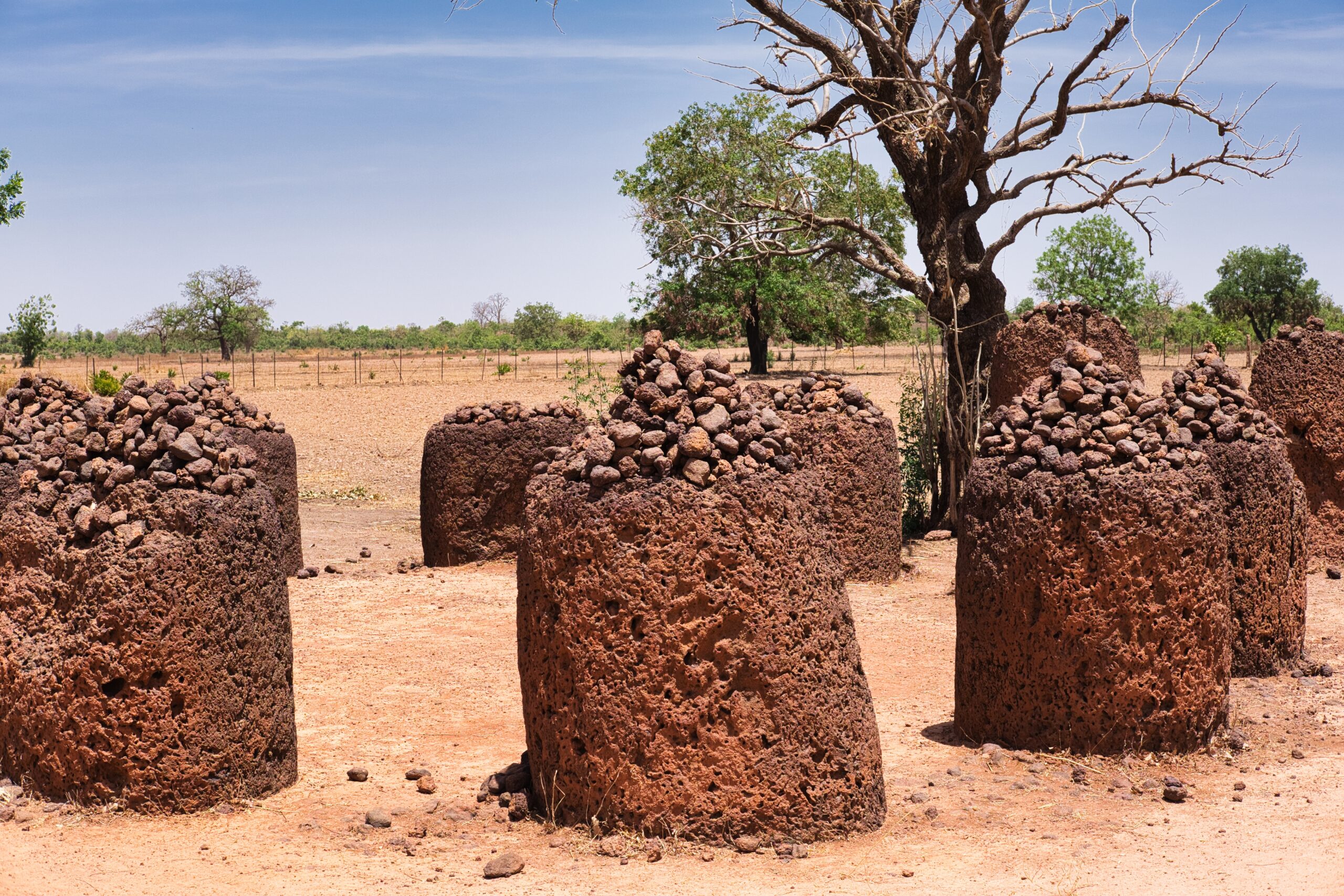
The Stone Circles of Senegambia are a series of over 1,000 stone circles scattered across Senegal and Gambia, with origins dating back around 1,500 years. Made from laterite stone, each circle contains several tall pillars placed in distinct patterns that suggest social or ritual significance. Researchers believe they may have marked burial sites, as human remains have been found near some circles. The arrangement of the stones in symmetrical circles shows a level of organization and cultural cohesion within the society that built them. These circles continue to spark debate, with some theorists suggesting they were aligned with celestial events. Although much remains unknown, they reflect the artistic and spiritual lives of their creators.
Chaco Canyon, New Mexico, USA
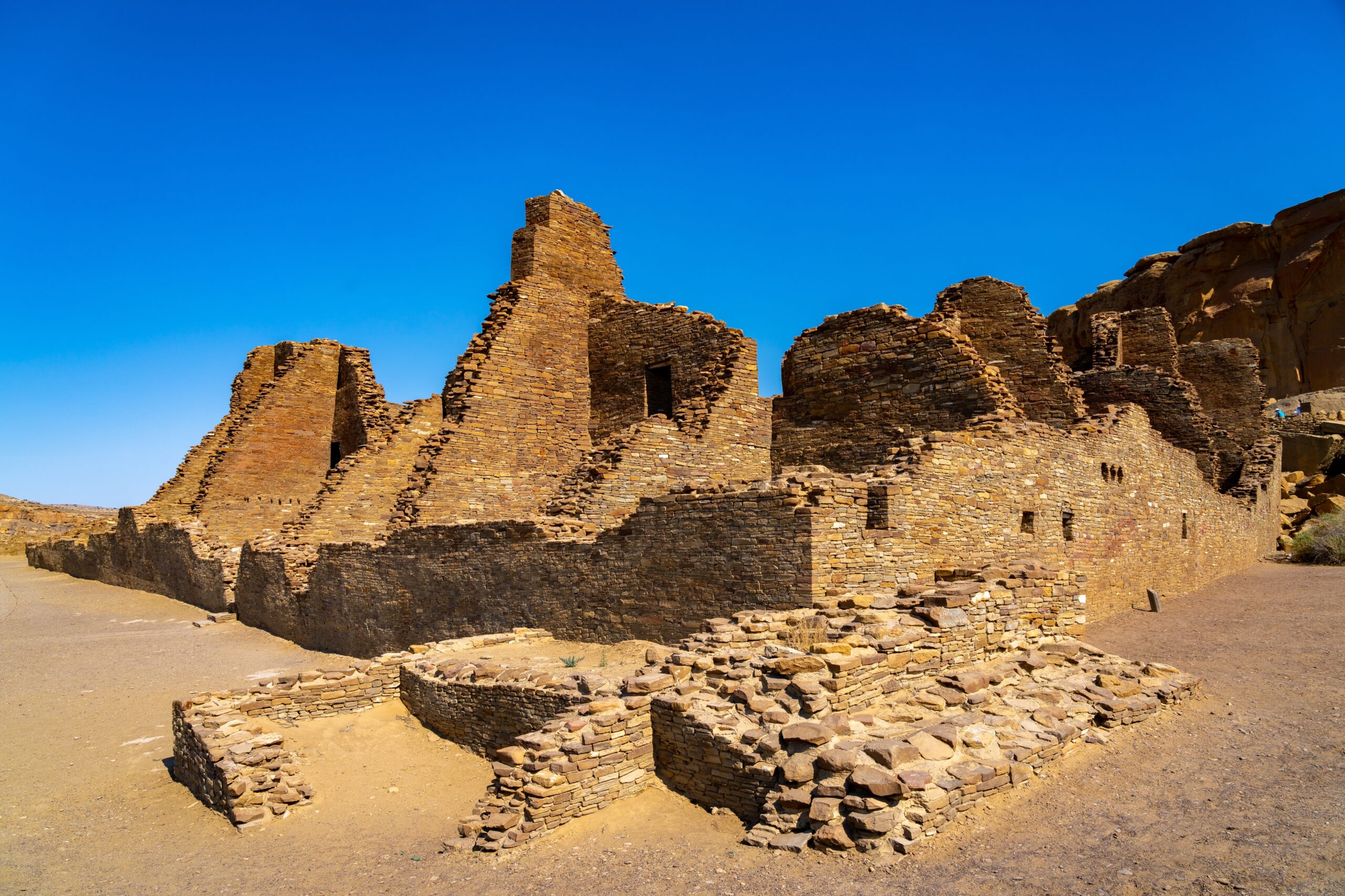
Chaco Canyon, located in New Mexico, USA, is an ancient complex that served as a cultural and economic hub for the Ancestral Puebloans. The site features multi-story buildings and large ceremonial rooms, called kivas, that showcase advanced building techniques and urban planning. The layout of the structures aligns with astronomical events, suggesting a deep knowledge of celestial movements. Researchers believe Chaco Canyon was a center for trade and religious ceremonies, drawing people from across the region. The canyon’s construction required transporting heavy sandstone blocks and wooden beams over long distances, hinting at a well-organized society. Despite centuries of study, why the site was abandoned remains uncertain. Its precision and scale make Chaco Canyon a significant mystery of pre-Columbian North America.
Rujm el-Hiri, Israel
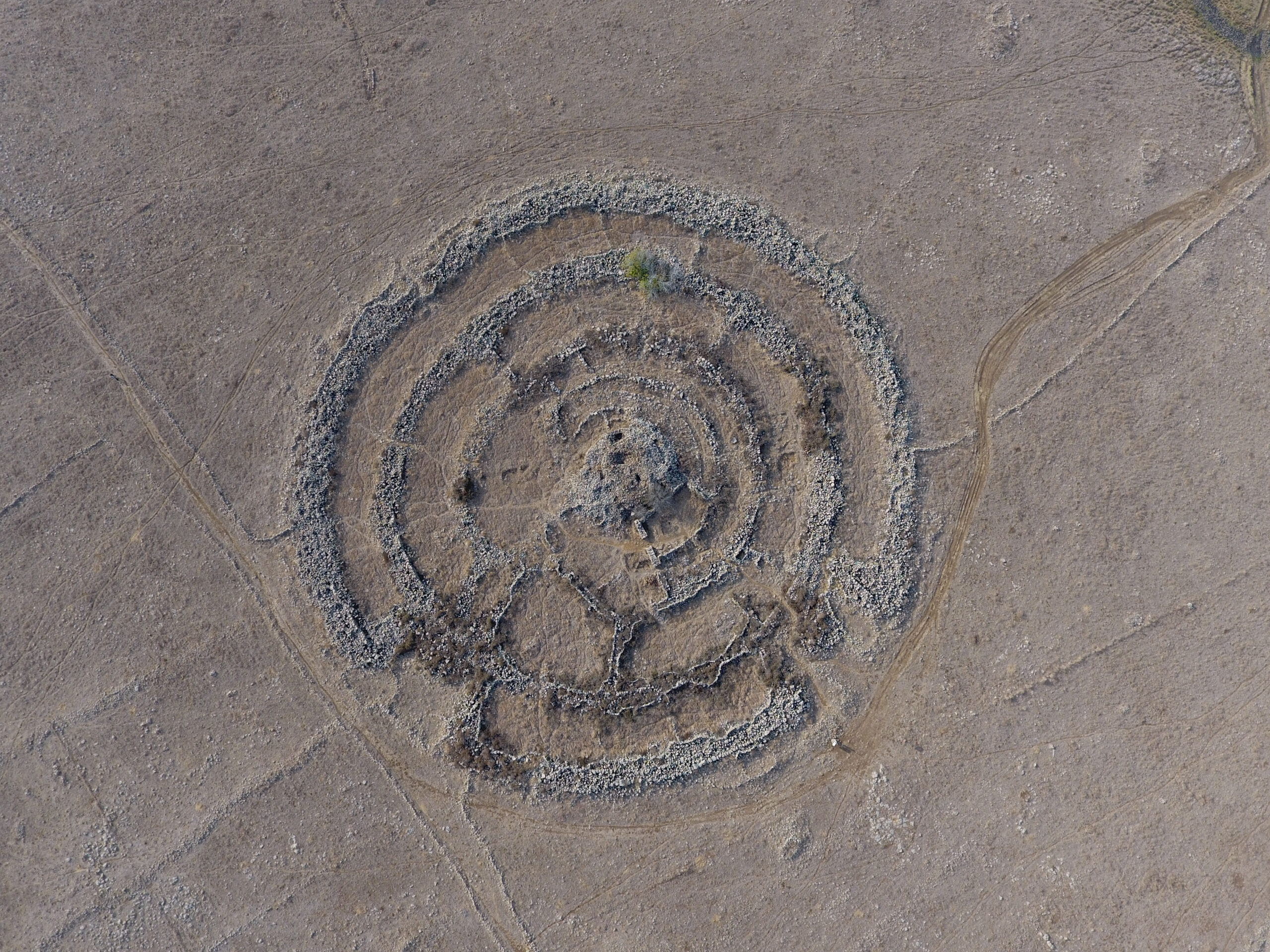
Rujm el-Hiri, located in the Golan Heights of Israel, is a mysterious stone structure resembling a circular labyrinth. Comprising multiple rings of stone walls and a central mound, it stretches over 500 feet in diameter, with stones weighing several tons. Researchers believe it dates back to the Early Bronze Age, though its purpose is unknown. Some suggest it served as an astronomical observatory, while others think it was a burial site or a place for ritual gatherings. The central mound adds to the mystery, as excavations have found no conclusive evidence of its use. The design and effort required to build Rujm el-Hiri indicate a complex society with spiritual or astronomical interests. Its isolation and elaborate structure continue to fascinate archaeologists and visitors alike.
This article originally appeared on Rarest.org.
More from Rarest.org
9 Oldest Books that Ever Existed
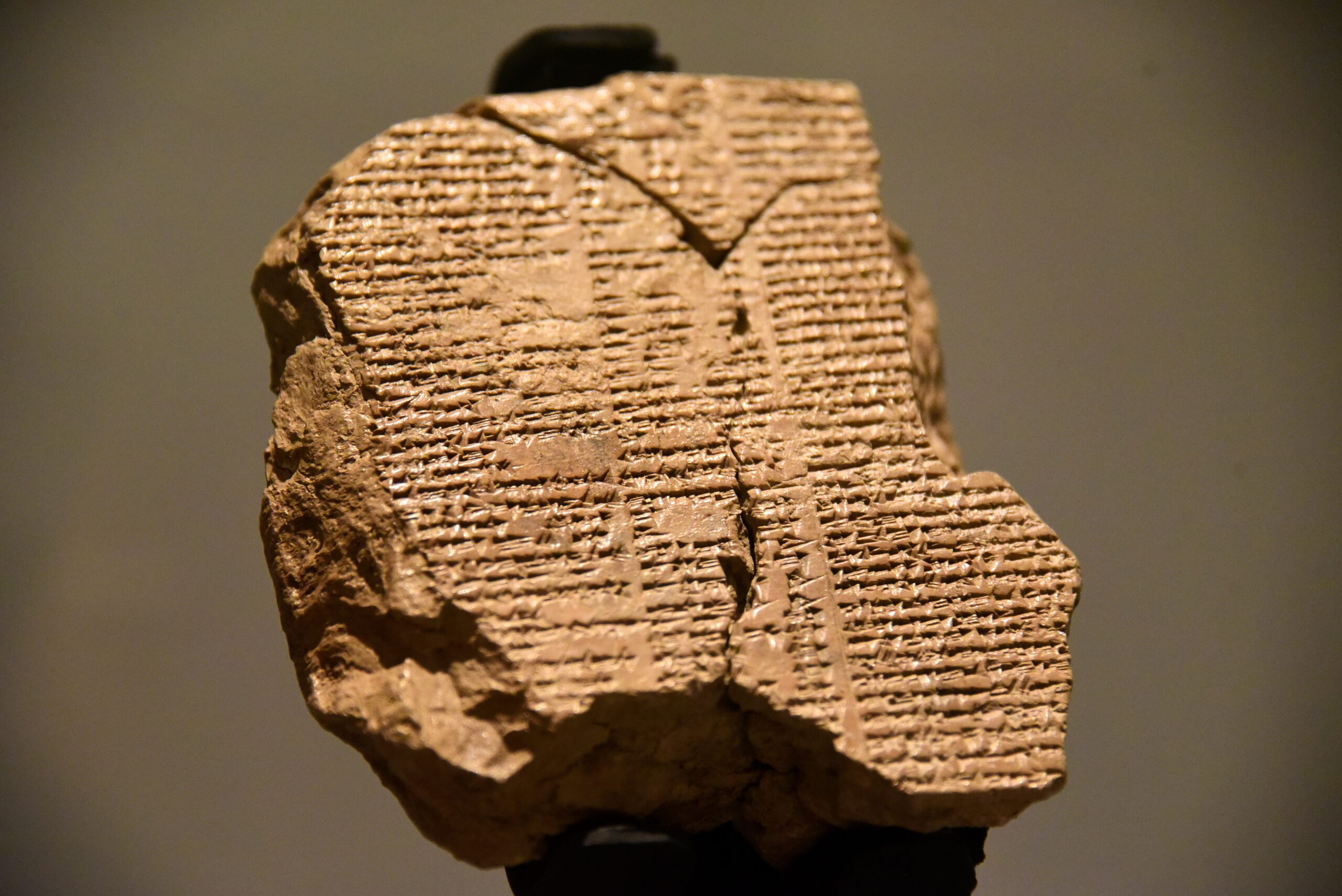
Books have always been a way to preserve knowledge and stories. Some of the oldest texts date back thousands of years. Read More.
10 Largest Empires in History

Throughout history, empires have risen and controlled vast territories, leaving an undeniable mark on world culture, politics, and economics. Read More.
21 Little-Known Forest Creatures Adapted to Dense Canopies

The dense canopies of forests are home to a variety of creatures that have evolved to thrive in these unique environments. Read More.
